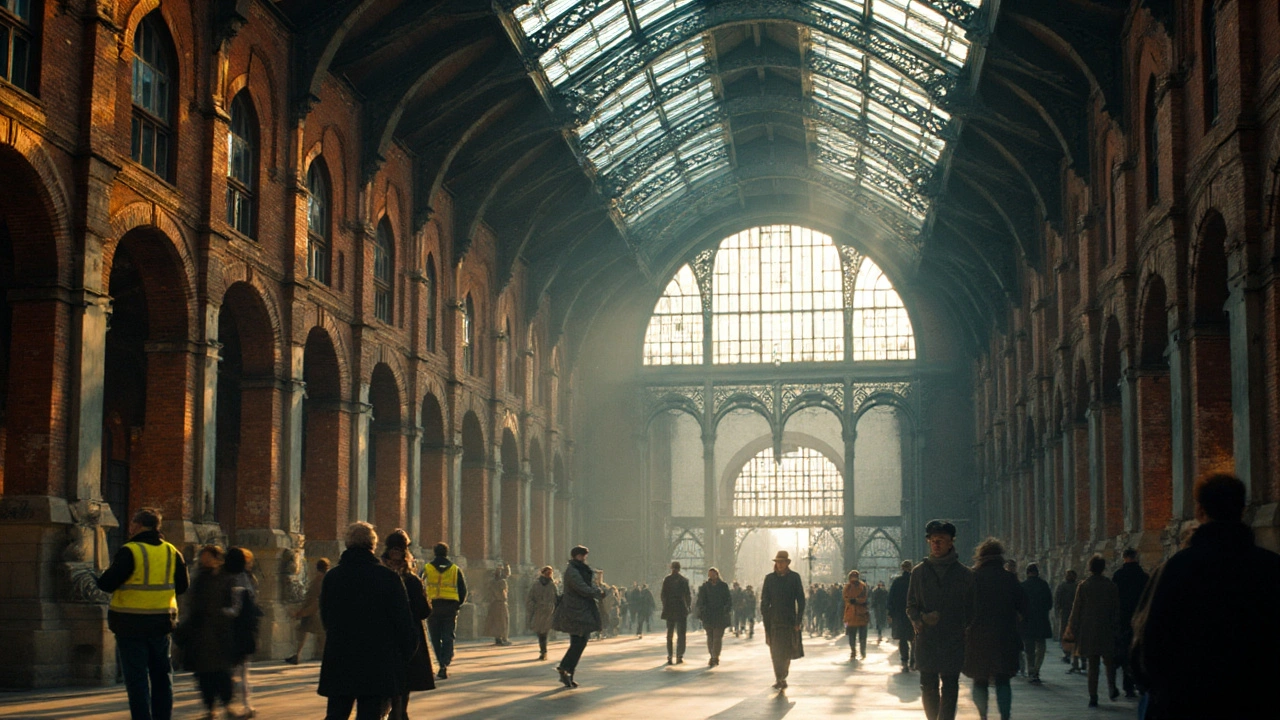Explore 10 iconic Gothic Revival buildings from London to Sydney, including Parliament, Notre-Dame, and St. Patrick’s Cathedral. Learn how this 19th-century movement reshaped architecture with pointed arches, stained glass, and spiritual grandeur.
Gothic Revival Architecture: How to Spot It and Why It Matters
Gothic Revival brought medieval shapes back into 19th-century life. Think pointed arches, vertical lines, and decorative stonework used on churches, schools, and even homes. Why did people return to Gothic forms? The style felt moral, grand, and tied to craft while industry made buildings faster and cheaper.
The movement began in late eighteenth century Britain and grew through the nineteenth century across Europe and North America. Architects such as Augustus Pugin argued Gothic suited spiritual buildings and honest construction. In the United States, builders adapted Gothic motifs for churches, college buildings, town halls, and private homes. That produced both faithful medieval copies and creative hybrids that mixed historic forms with new materials like cast iron.
Key features to recognize
Pointed arches are the quickest giveaway; they appear over doors, windows, and arcades and push the eye upward. Steep gables and towers add height and drama. Even small houses sometimes show a steep roofline or a decorative gable.
Tracery and carved ornament appear around windows, doors, and parapets. Look for repeating floral or geometric patterns in stone or wood. Buttresses and pinnacles break a flat wall into lively vertical rhythms; on smaller buildings these elements are often simplified or decorative rather than structural.
Windows tend to be tall and grouped, often with thin mullions and leaded or stained glass. In later variations, metal frames and mass-produced ornament made these details more common and cheaper to produce. Materials range from local stone and brick to cast iron and terracotta, depending on region and budget.
Where to see Gothic Revival and why it still matters
Walk a historic city center, a nineteenth-century university, or older neighborhoods and you will spot Gothic Revival elements mixed into churches, schools, courthouses, and houses. In Britain many parish churches and civic buildings reflect the movement. In the United States, campuses such as Yale and Princeton show strong Gothic Revival planning that influenced college design worldwide. Elsewhere, adapted versions fit local climates and crafts.
Gothic Revival matters because it reveals how design responds to cultural shifts. When societies reacted to rapid industrial change, architects reached back to a handcrafted past to express values like permanence, spirituality, or civic pride. That choice shaped how public spaces felt and how institutions presented themselves.
Quick tips for spotting and preserving Gothic Revival
When you want to identify a building, first note window shapes, roof pitch, and decorative trim. Those features tell the story fast. If you face a restoration project, keep original window proportions and carved details where possible; replacing them with standard modern units often erases the style. Use local preservation guides to match materials and joinery techniques.
Want a practical way to learn? Take walking tours, check campus maps, or search local archives for building histories. Seeing several examples helps you notice patterns and understand how historic style adapts to different places and budgets.
Start a sketchbook or photo log of local Gothic details to sharpen your eye.
Gothic Revival architecture shaped national identity in the 19th century through churches, universities, and government buildings. Its enduring presence in cities worldwide reflects a deeper cultural belief in craftsmanship, permanence, and meaning in design.
Why Gothic Revival felt like high-tech before high-tech: the elements, engineering logic, and how to use it today without turning a building into a costume.


